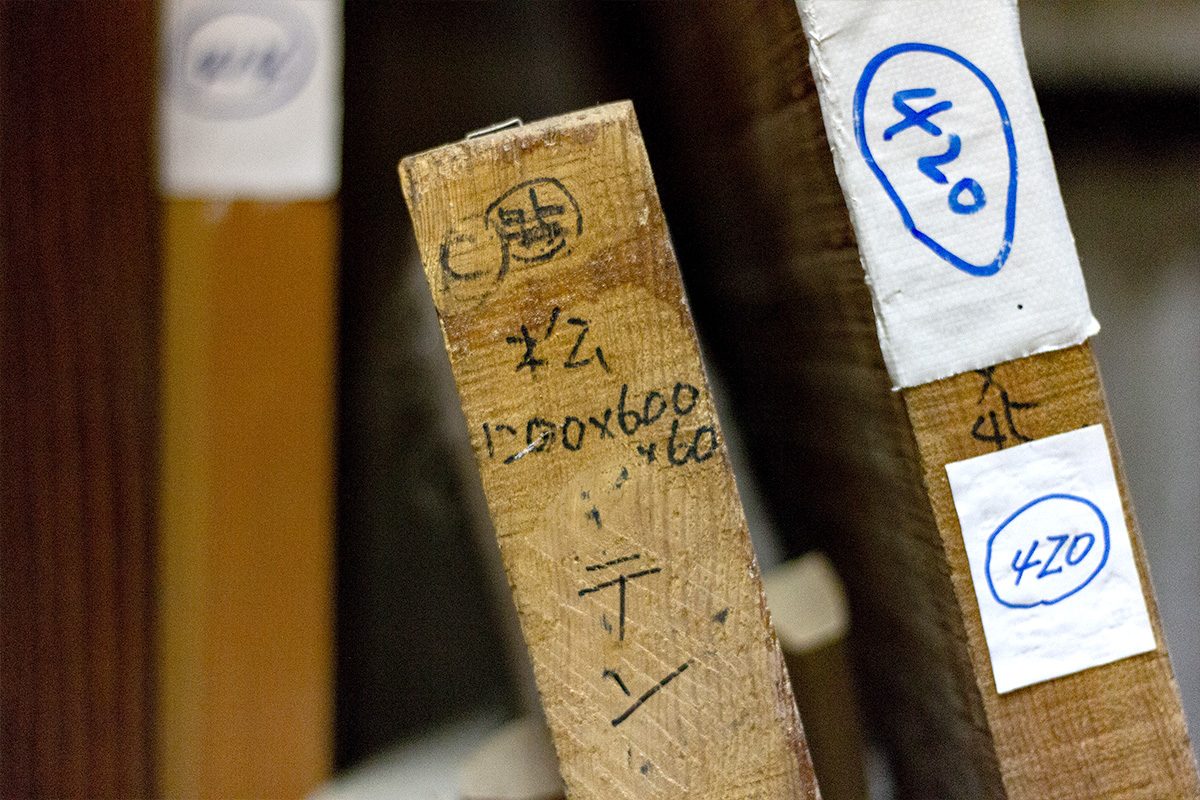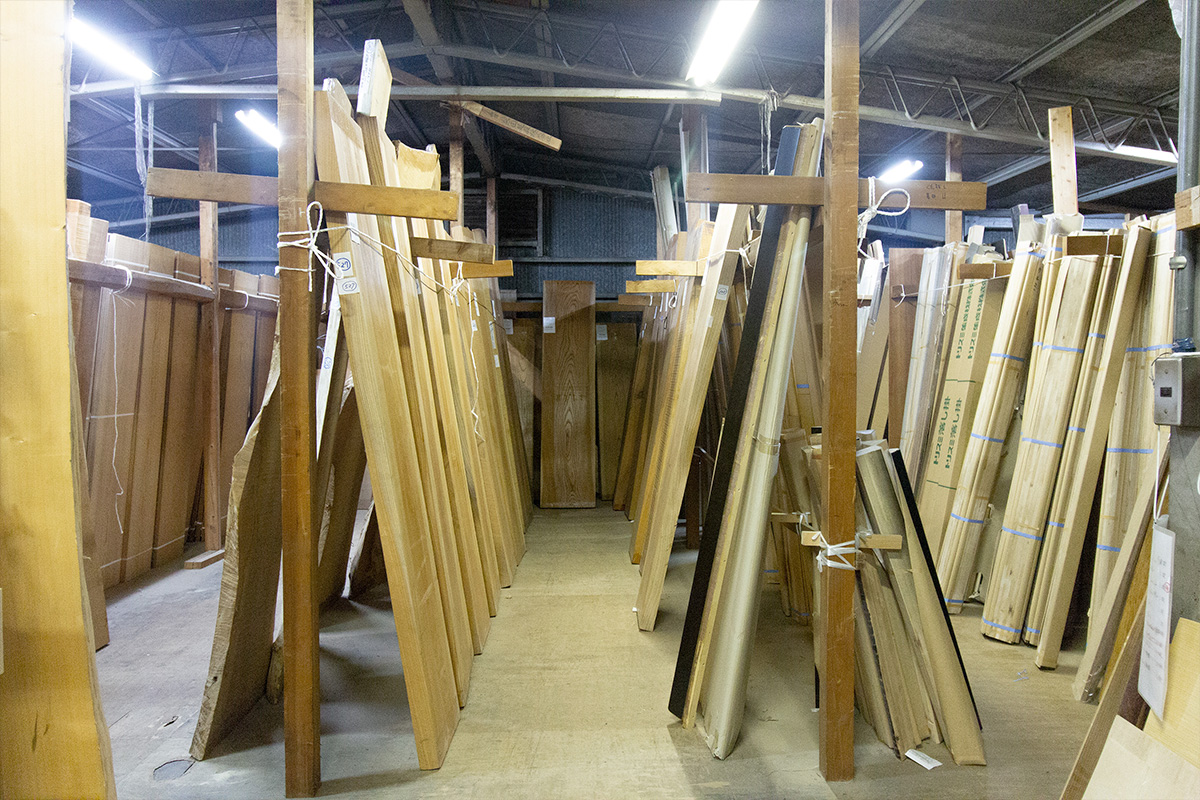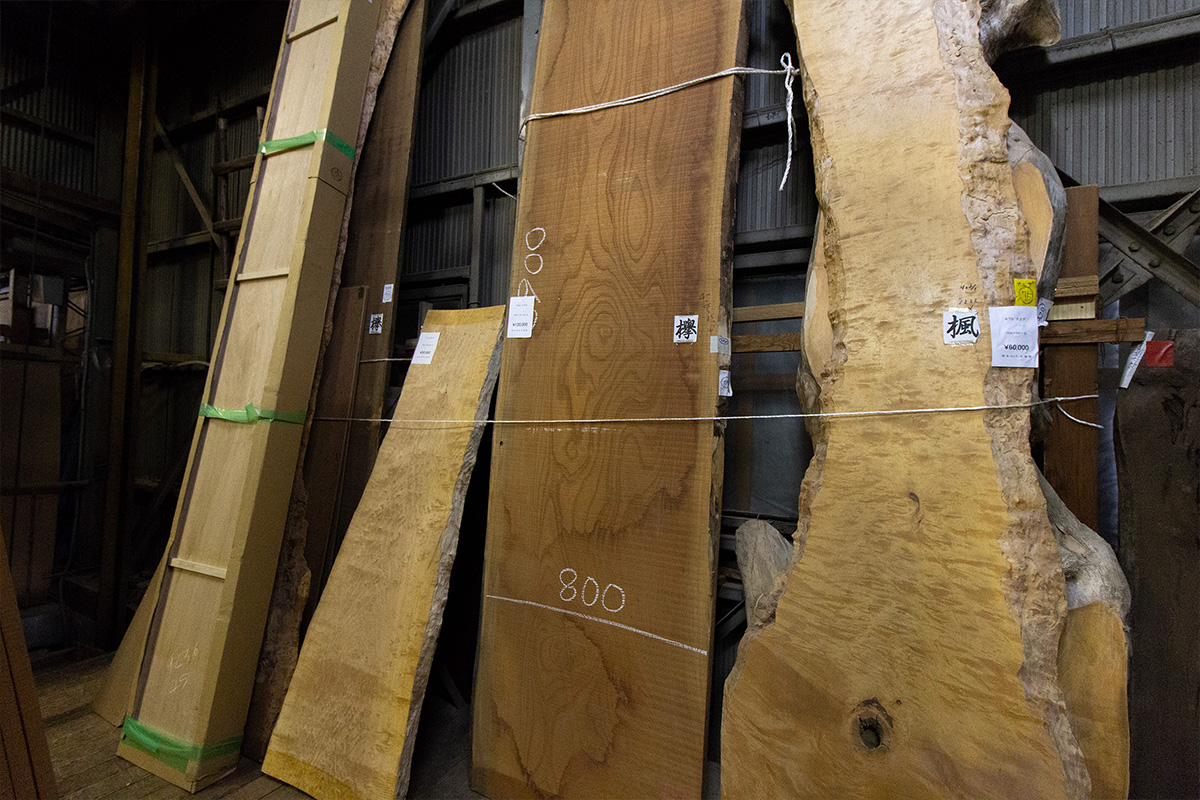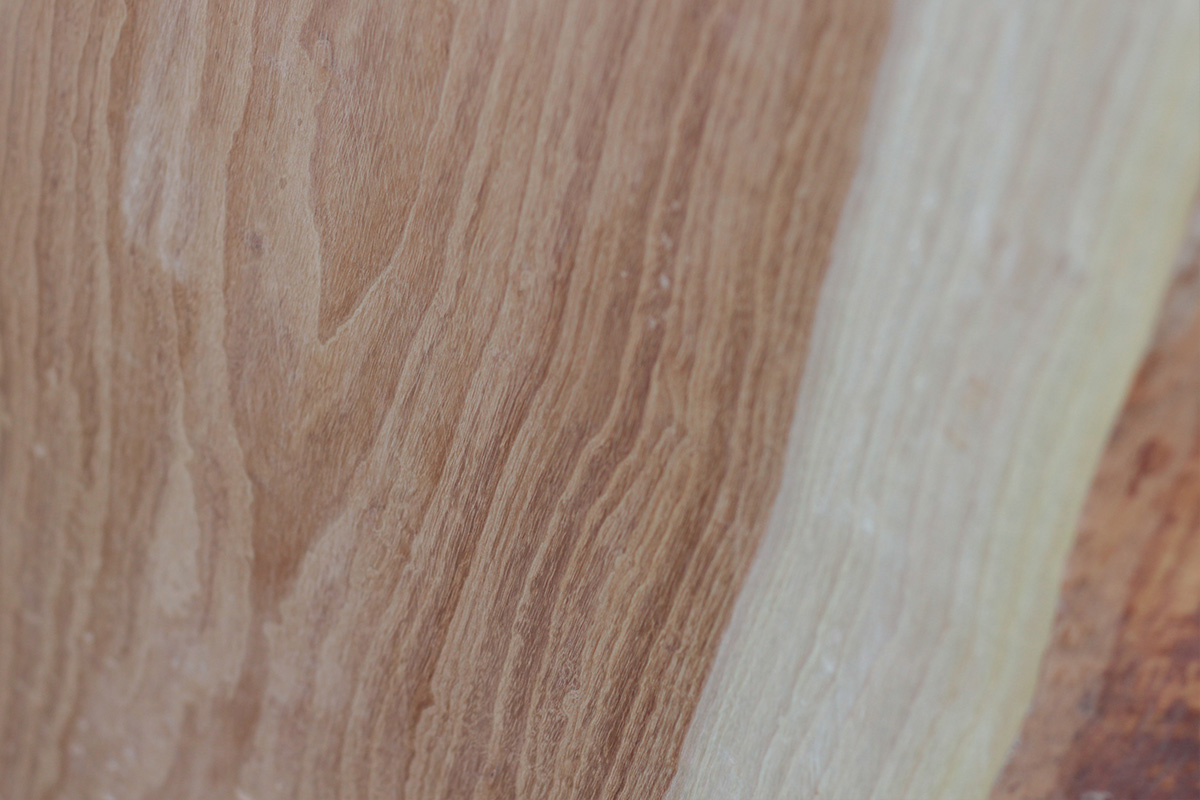Okamoto Meibokuten has been manufacturing Osaka Ranma by its exclusive craftsmen since its establishment. The Ranma produced by the craftsmen's outstanding carving techniques have been widely appreciated as a decorative element in Japanese houses. In recent years, the survival of the Ranma culture has been threatened by changing housing conditions and a lack of successors. In addition, the Ranma Workshop at the Torigai branch of Okamoto Meibokuten conducts workshops to convey the appeal of Ranma to local children, thereby communicating the appeal of Osaka Ranma both domestically and internationally.
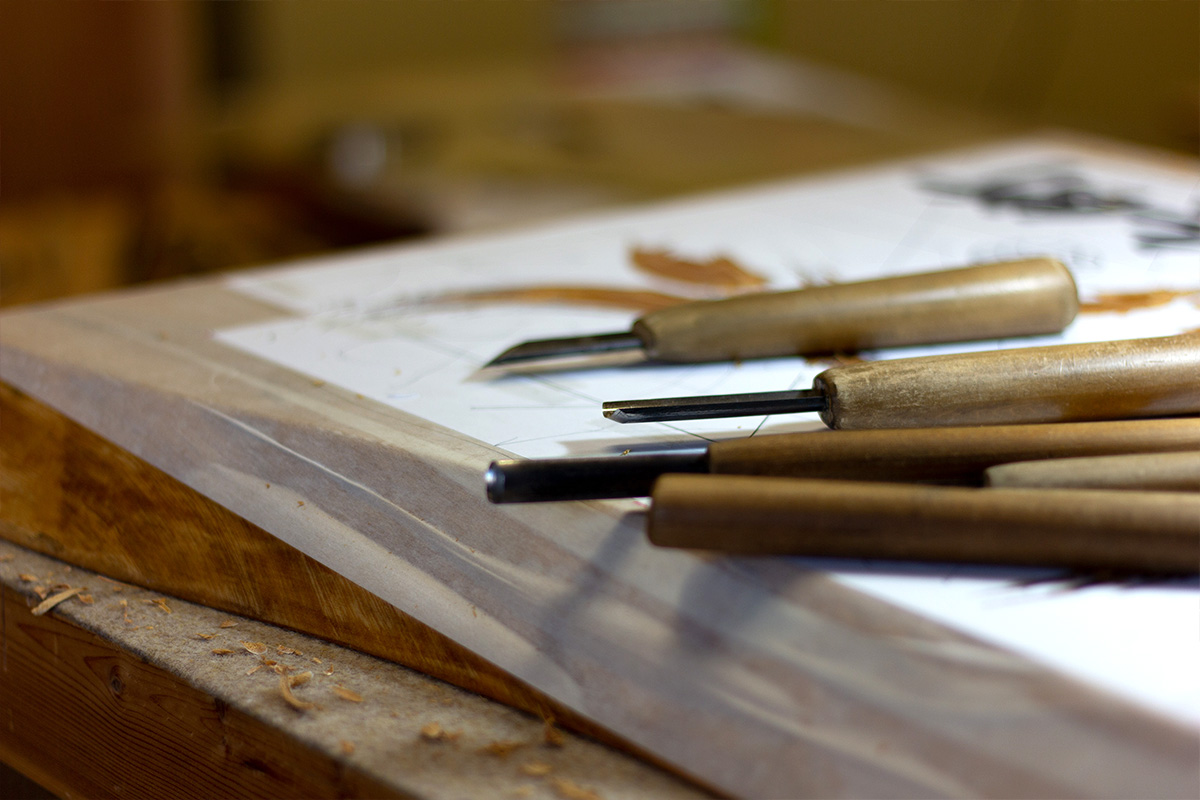
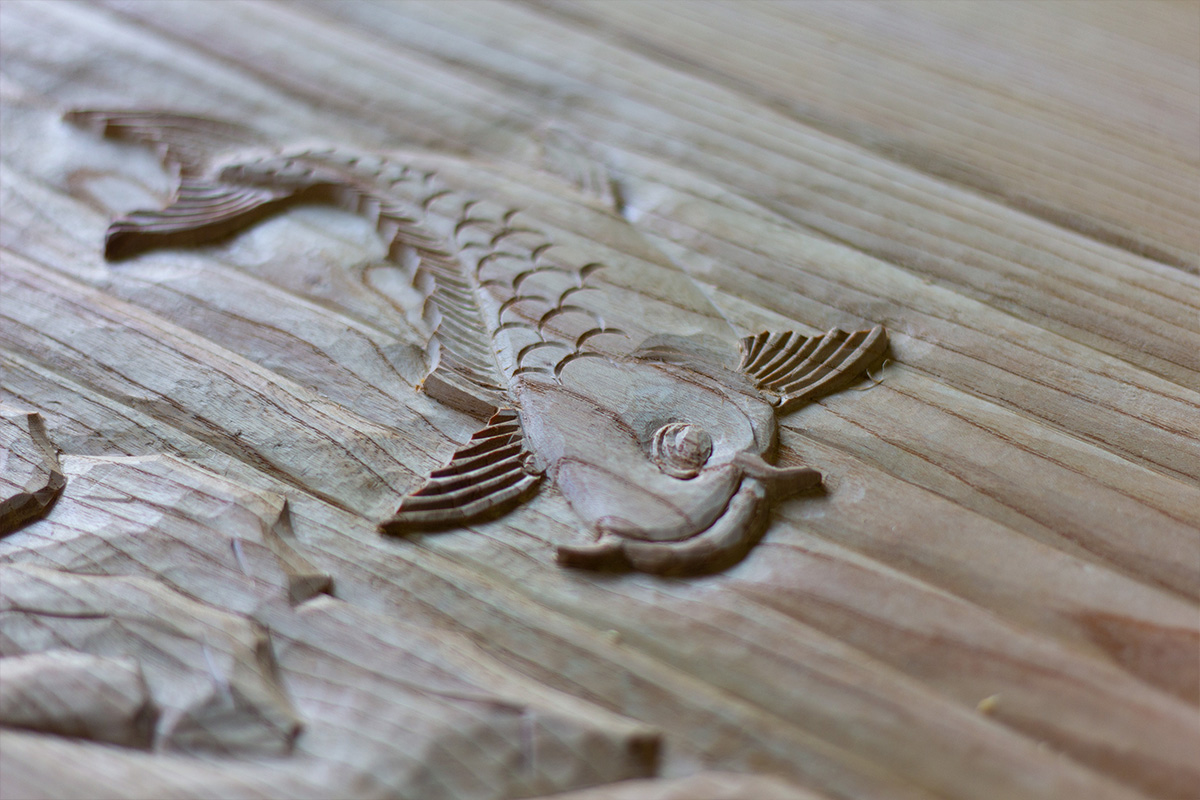
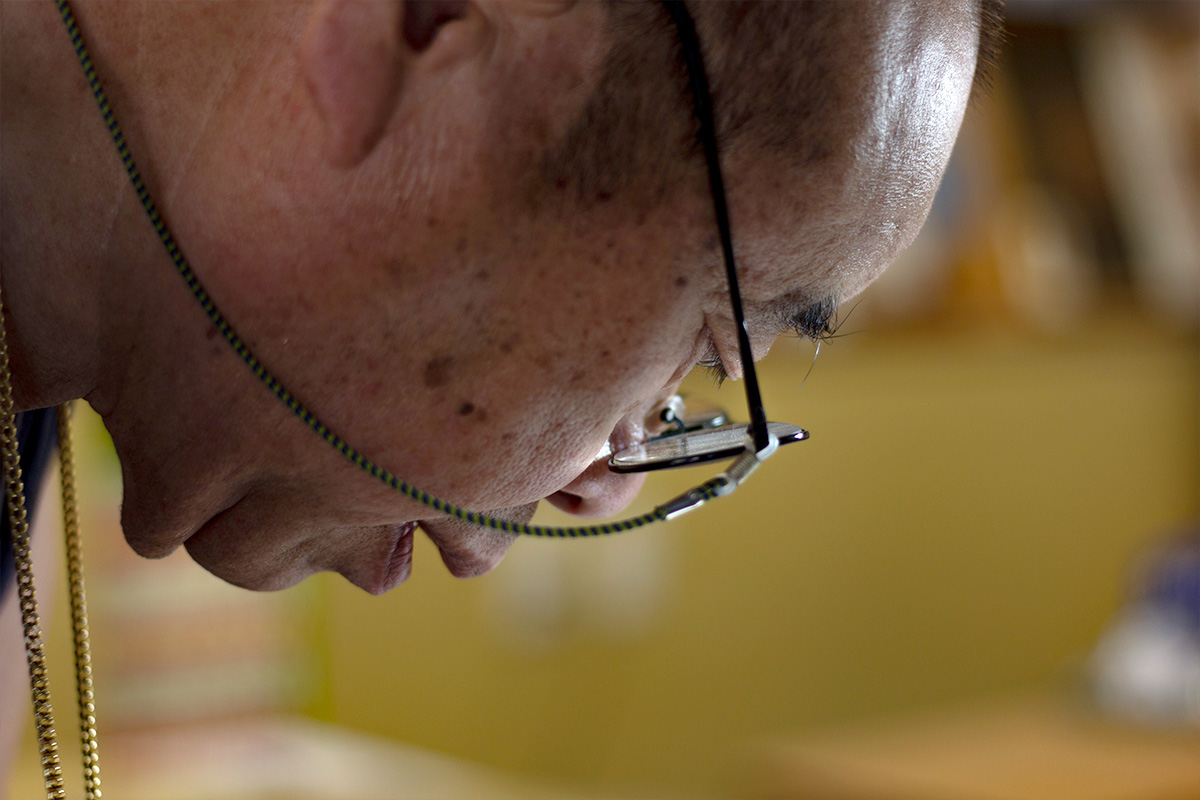
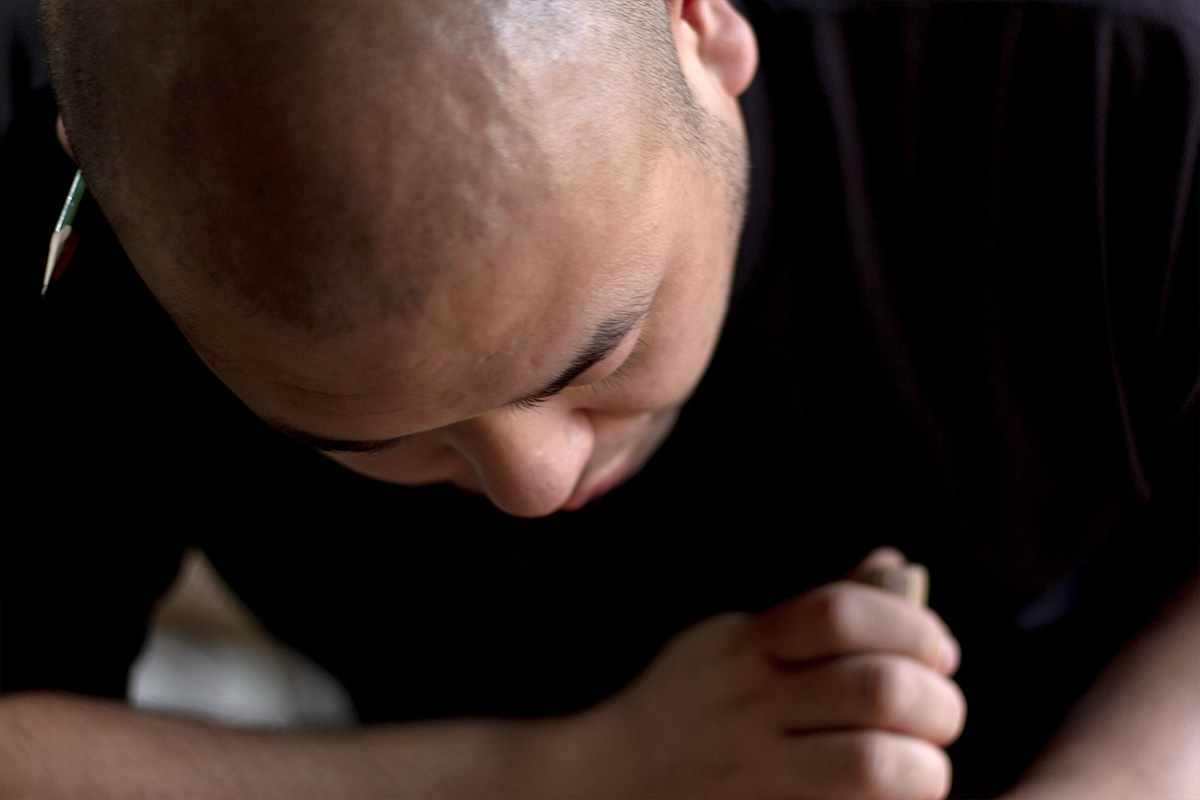
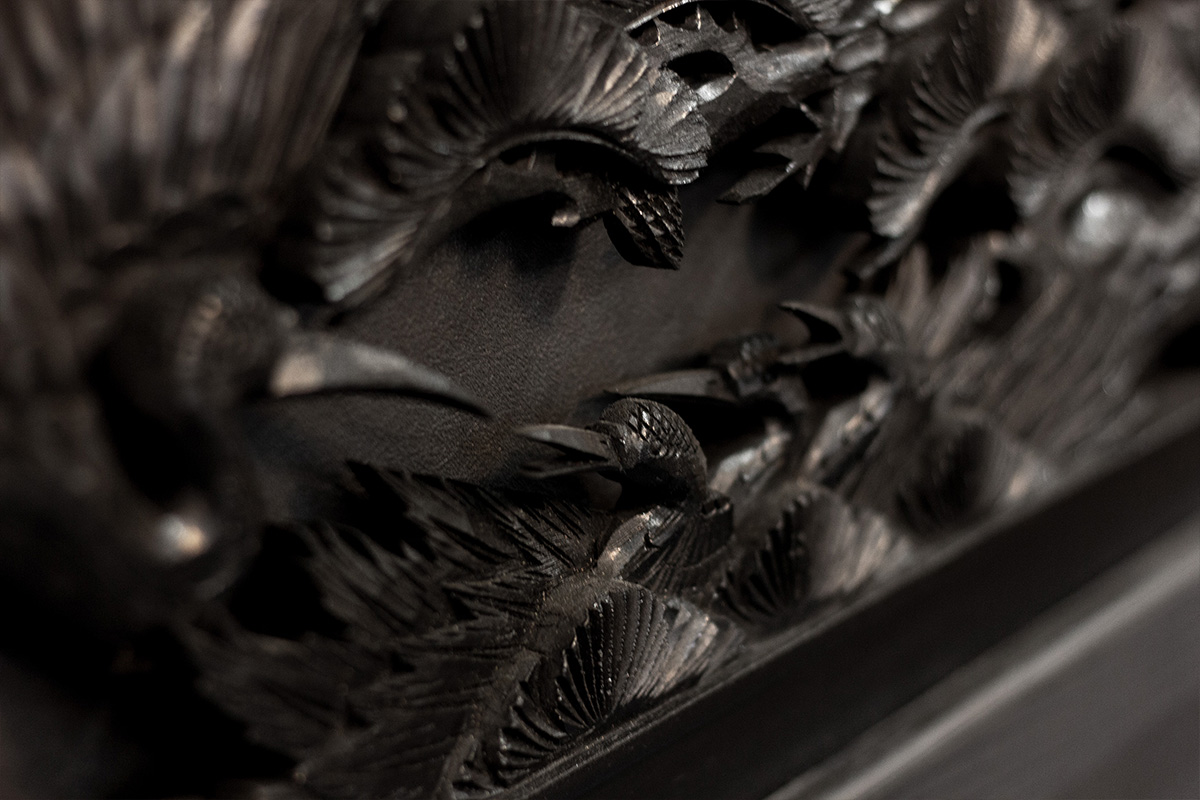
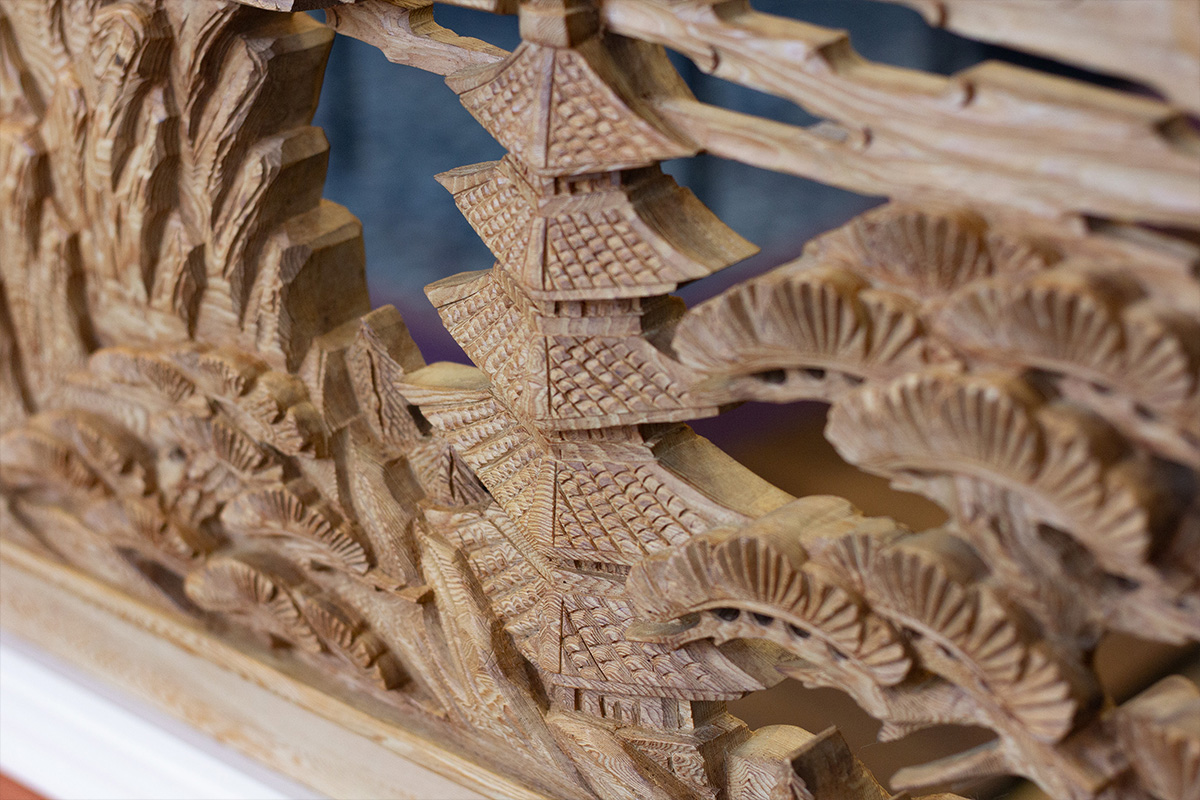
Meiboku is timber that is outstanding in color and luster, and that stands out for its preciousness due to the beauty and elegance of its grain. While most timber is considered functional, fine wood is treated as a permanent timber with high artistic value and is used for appreciation.
Shinsaibashi and Torigai, two of Okamoto Meibokuten's locations, have their own unique origins as timber dealers. It is said that the east bank of the Nishi Yokobori River, which once flowed through Osaka City (around the current elevated Hanshin Expressway Route 1 Loop), was a busy timber accumulation area during the Edo period (1603-1868), attracting timber merchants from all over the country. The late Hiroshi Okamoto, founder of Okamoto Meibokuten, opened a timber store shortly after World War II in Shinsaibashi Yokobori, where there were remnants of such a business.
In later years, as urban development progressed in the Yokobori area, many timber merchants relocated to the Torigai area, and Okamoto Meibokuten was also based in Torigai. Today, many timber stores line the streets of Torigai, where connoisseurs are actively engaged in the selection and care of fine timber.
Okamoto Meibokuten owns a large number of fine woods of high artistic value, which are used in the manufacture of Osaka Ranma and furniture.
